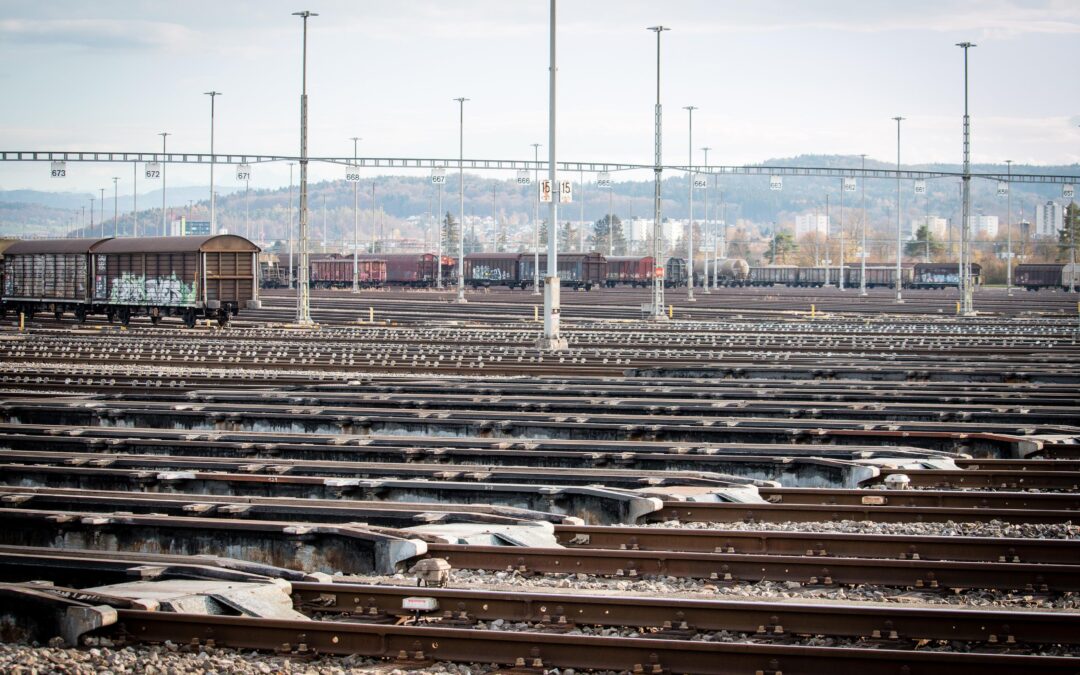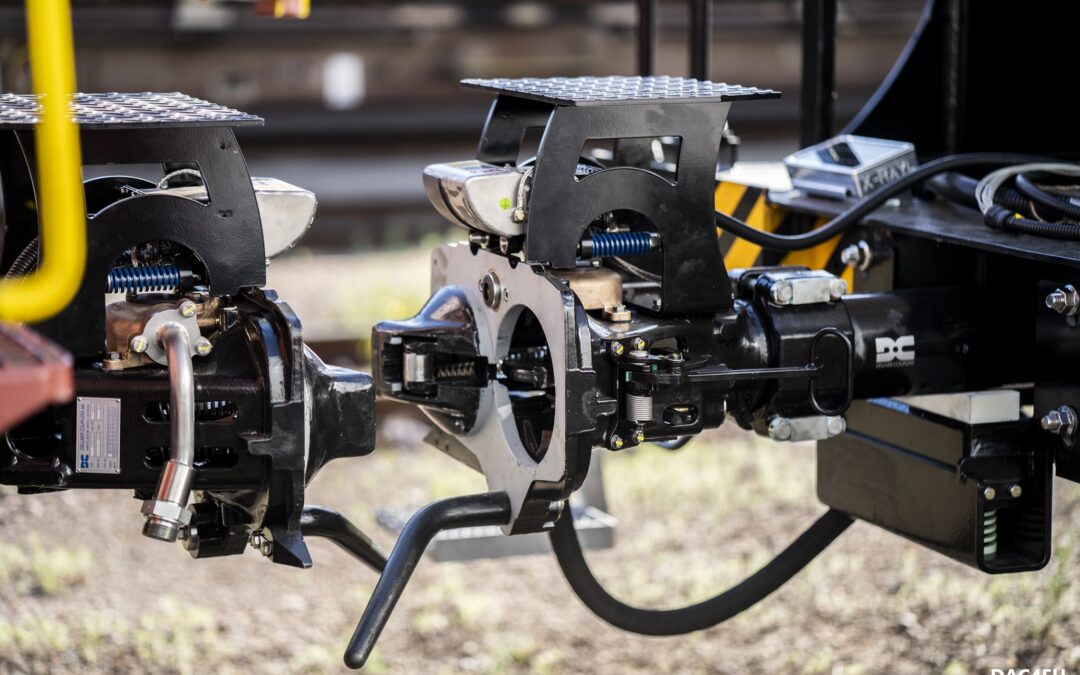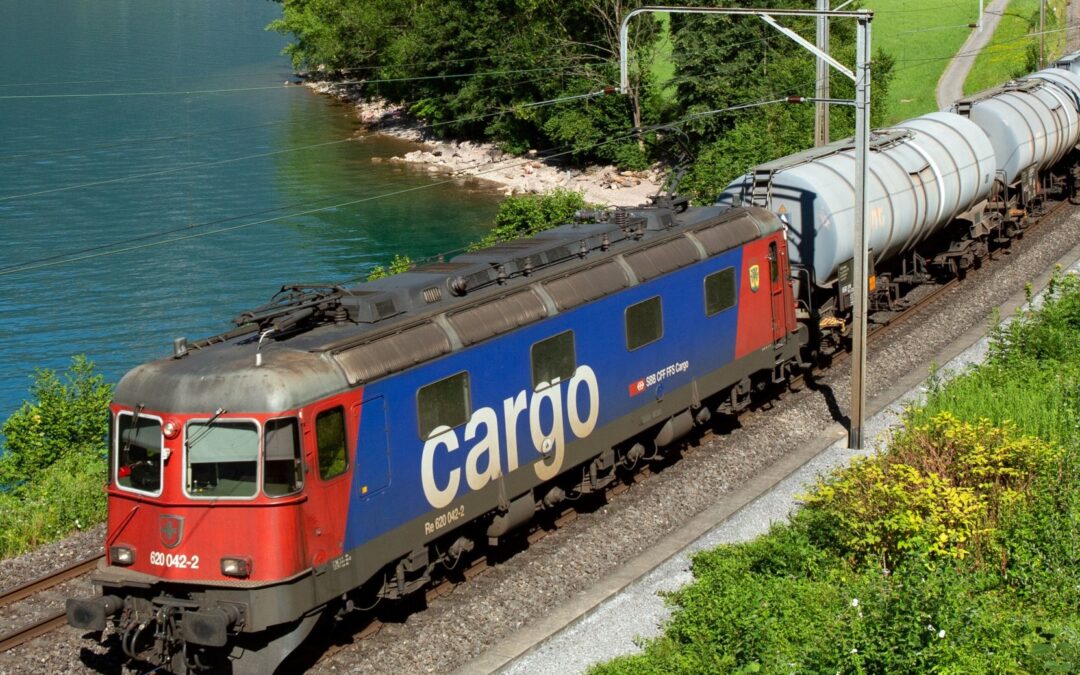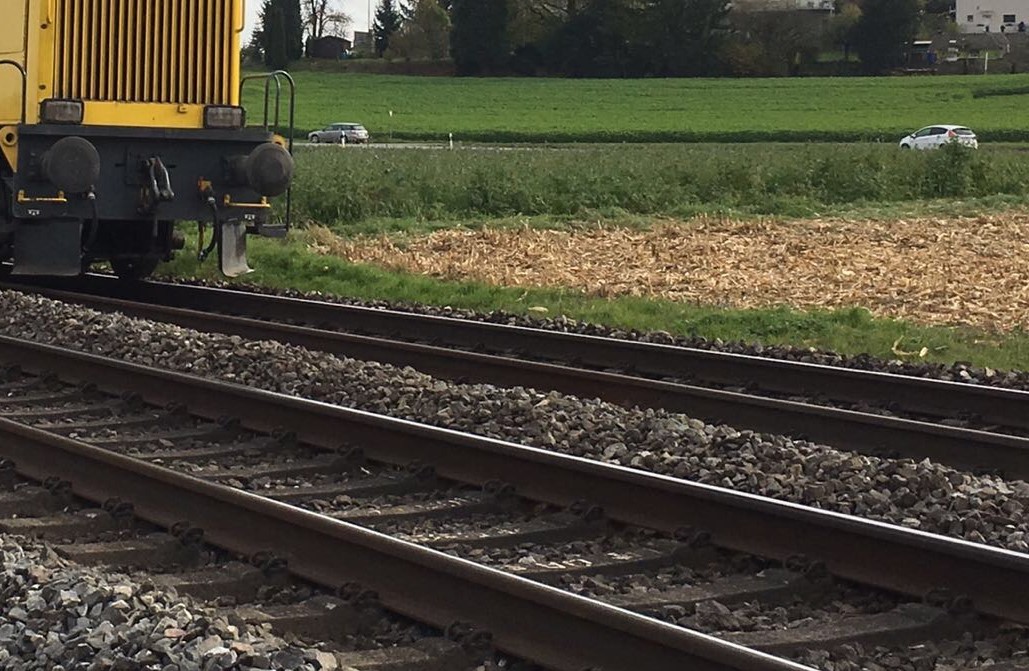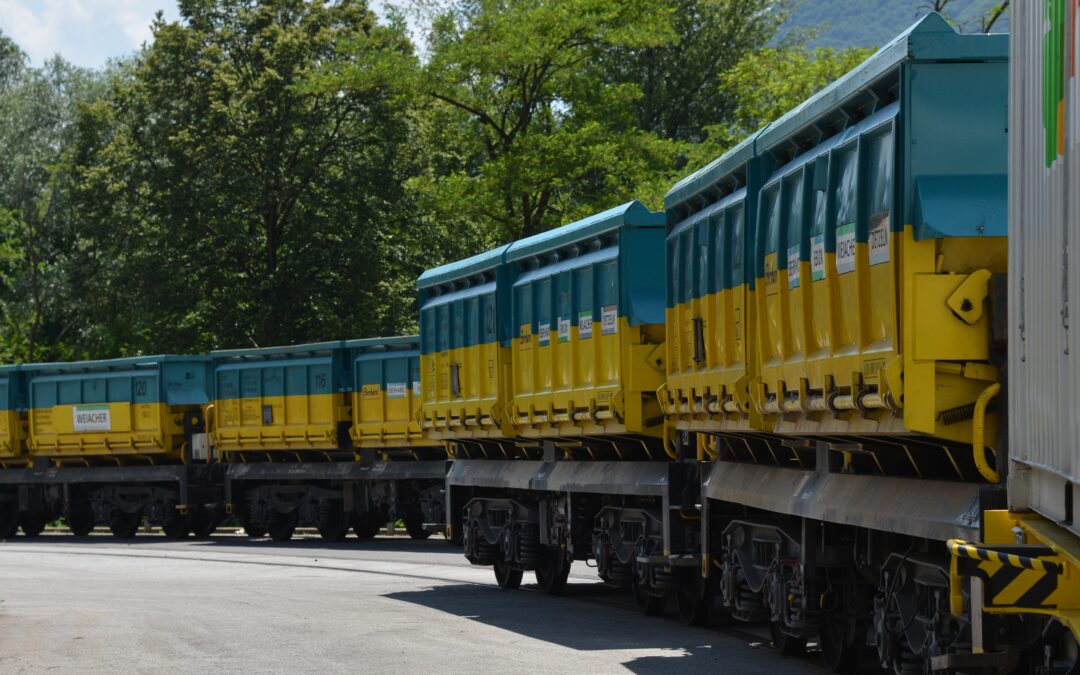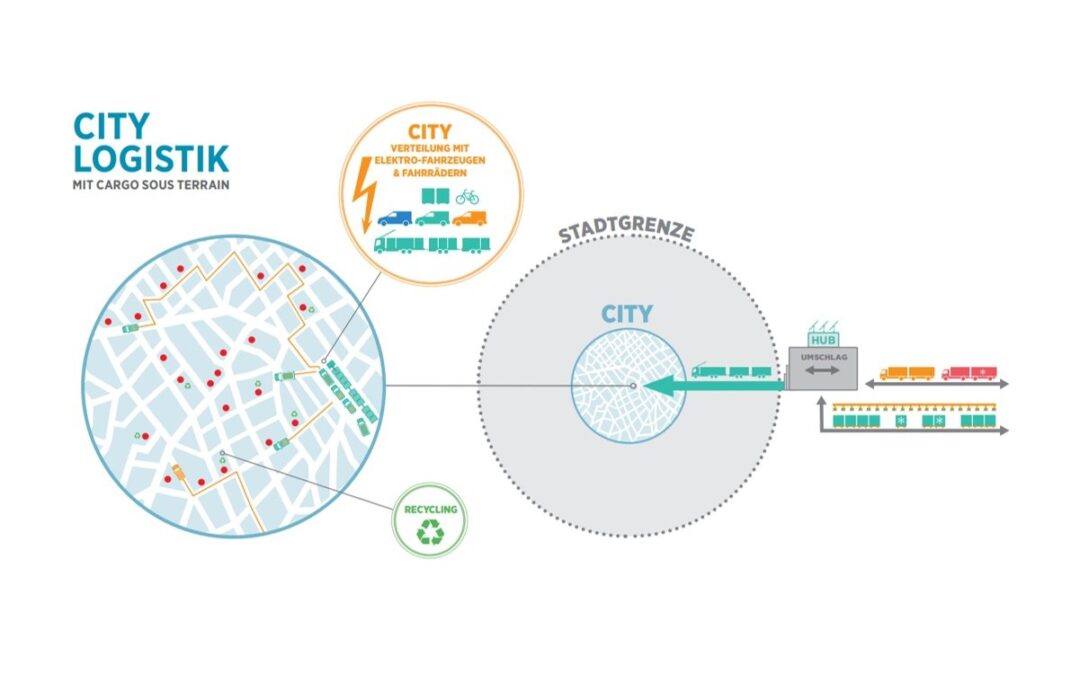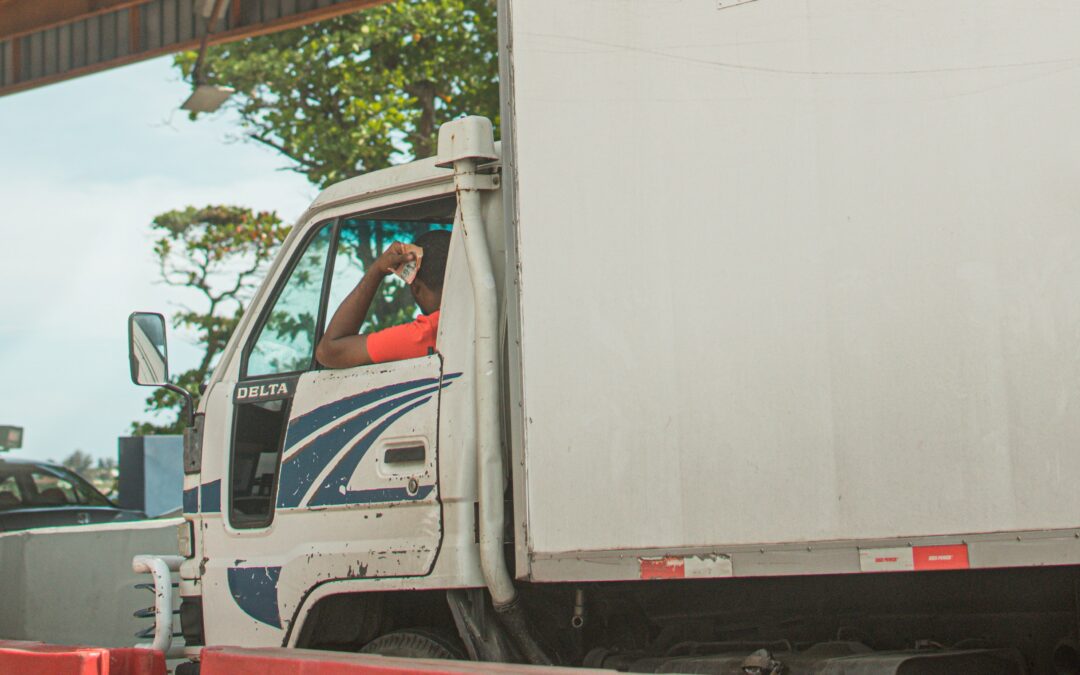
What the VAP says about mobility pricing
The context
Traffic is increasing. Accordingly, the existing capacities of the transport infrastructures will not always and everywhere be sufficient to satisfy the demand for transport. The federal government, cantons, municipalities and transport companies are implementing a wide range of measures to ensure that mobility remains possible in the future (e.g. traffic management, expansion). Nevertheless, many of these measures have reached their limits.
One measure to remedy traffic congestion has so far remained largely unused in Switzerland: differentiated pricing systems, for example in the form of mobility charges that vary in time or place. This would be tantamount to turning away from uniform or flat-rate fares. So-called mobility pricing influences transport demand and mobility behaviour and thus ultimately enables targeted management of existing transport capacities.
The legal basis
With the draft «Federal Act on Pilot Projects on Mobility Pricing» of 3 February 2021, the Federal Department of the Environment, Transport, Energy and Communications (DETEC) wants to create a legal basis so that cantons, cities or municipalities can carry out local and time-limited pilot projects on mobility pricing with compulsory charges. Such projects should provide findings on new forms of pricing to specifically influence transport demand and mobility behaviour in motorised private transport and public transport.
Statement of the VAP
The VAP supports the basic principles formulated in the federal government's conceptual work, in particular the principle of «pay as you use» with full compensation. Accordingly, transport users should not pay more, but pay differently. We also support the approaches of intermodality and distribution effects, according to which road and rail are fully included and according to the same criteria, but mobility remains affordable; all this within the framework of a graduated, transparent and comprehensible structure of the elements.
However, the VAP rejects capacity management on existing infrastructures without full compensation. Likewise, mobility pricing must not be used to avoid traffic or to steer the modal split, as the constitution offers no room for this.
Modal shift succeeds if there are correspondingly favourable offers and incentives. Multimodal logistics solutions in particular hold considerable potential for this. Therefore, modal shift can be achieved with improved framework conditions and infrastructure capacities for multimodal logistics solutions. In addition to pure rail freight transport, special attention should be paid to multimodal logistics solutions Rhine-rail, Rhine-road, road-rail, pipeline-rail, pipeline-road and corresponding solutions in the area of city logistics. Here, generous reimbursements of mobility charges for additional transshipments of goods and containers between modes of transport can help to avoid external effects and reduce environmental pollution.
Within the framework of the Cargo Forum Switzerland, we addressed our statement on the «Federal Law on Pilot Projects on Mobility Pricing» (in german) to Federal Councillor Simonetta Sommaruga on 17 May 2021.
Draft law has methodological shortcomings
DETEC's draft hardly specifies the experimental arrangements and the hypotheses to be tested in detail. The influence of the Confederation in pilot projects with compulsory levies is limited to the examination and approval of the projects. In this respect, its influence is very limited with regard to a broad-based gain in knowledge according to Art. 17 of the draft. Not even the comparability of several pilot projects with each other is assumed. Thus, no corroborated findings from different regions on individual theses can be expected. In the case of pilot projects with voluntary participation, implementation even seems possible without an examination according to Art. 26, provided that federal contributions are waived. These shortcomings need to be rectified.
The law distinguishes between pilot projects in the area of motorised individual transport and those in public transport (Art. 3, Art. 6 and Art. 9). This distinction is incompatible with the basic principles of Mobility Pricing. Pilot projects are to be arranged in such a way that private transport and public transport can be tested out, as it were.
The law conceives the voluntary or obligatory Mobility Pricing levy in addition to the levies currently in force (cf. Art. 11 Prohibition of tariff reductions). This contradicts the requirement of compensation.
In Art. 12, the law only provides for an anonymous levy for pilot projects in the area of public transport. This requirement must also apply to motorised private transport.
Heavy goods traffic on rail and road over 3.5 t total weight is not the subject of the pilot projects. Accordingly, those responsible for the freight transport projects can only gather very limited experience.
Overall concept with performance-based pricing called for
We are aware that the existing financing mechanisms do not allow for performance-based pricing of mobility. As a result, the true costs and the degree of self-financing vary greatly between the different modes of transport and between heavy goods and passenger transport, and they contain false incentives for mobility and spatial development in Switzerland.
The VAP therefore recommends an overall concept for the future design of mobility levies. In doing so, the measures for individual sub-goals should be revised while avoiding conflicts of goals and taking into account all technical developments.
As the voice of the shipping industry, we adhere to the following premises:
- Logistics and freight transport - especially road freight transport - are essential elements of a successful internationally networked business location in Switzerland and the supply of Switzerland. Settlement, transport and infrastructure policy must continue to guarantee these.
- (Freight) traffic is handled in a way that is as needs-oriented as possible and as environmentally friendly and resource-saving as possible.
- Framework conditions and infrastructure development contribute to the achievement of the first two premises with incentives, sufficient infrastructure capacities and the promotion of innovations.
- Infrastructure and transport costs are subject to the polluter pays principle. Ideally, all transport users in passenger and freight transport cover their operating and infrastructure costs as well as externally caused costs (balance principle).
DETEC consultation draft and explanatory report (in german): https://www.astra.admin.ch/astra/de/home/themen/mobility-pricing/vernehmlassungsunterlagen.html
[/et_pb_text][/et_pb_column][/et_pb_row][/et_pb_section][et_pb_section fb_built="1" _builder_version="4.16" _module_preset="default" locked="on" global_colors_info="{}"][et_pb_row _builder_version="4.16" _module_preset="default" global_colors_info="{}"][et_pb_column type="4_4" _builder_version="4.16" _module_preset="default" global_colors_info="{}"][et_pb_post_nav prev_text="Vorheriger Artikel" next_text="Nächster Artikel" _builder_version="4.16" _module_preset="default" global_colors_info="{}"][/et_pb_post_nav][/et_pb_column][/et_pb_row][/et_pb_section]DETEC has sent its draft “Federal Law on Mobility Pricing Pilot Projects” for consultation. The VAP comments.


